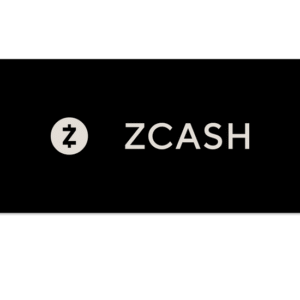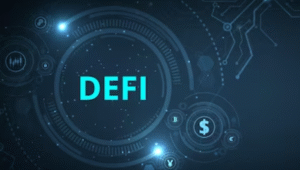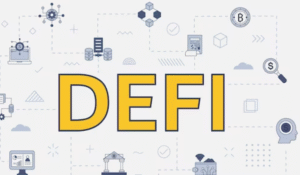$BTC $ETH #CryptoNews #Blockchain #GateVault #MPC #DigitalAssets #WalletSecurity #CryptoInvestment #MultiChain #Decentralization #Fintech
How Safe Is Your Crypto? Discover the New Gate Vault for Unmatched Multi-Chain Security!
In recent gate news, Gate, a leading player in the digital asset trading sphere, has unveiled its latest innovation: Gate Vault. This new product is not just another wallet; it represents a significant leap in asset security and user control, leveraging cutting-edge Multi-Party Computation (MPC) technology. This advanced approach allows users to enjoy unprecedented protection for their assets while maintaining autonomous control over their digital wealth.
Gate Vault stands out in the crowded digital wallet landscape by employing a multi-chain architecture. This feature enables users to manage a variety of digital assets across different blockchain networks seamlessly. As the cryptocurrency market continues to grow and evolve, the need for secure storage solutions becomes increasingly paramount. With Gate Vault, users can effectively minimize risks associated with asset management.
Understanding Multi-Party Computation (MPC)
MPC is a groundbreaking cryptographic technique that enhances security by splitting private keys into multiple parts. This means that no single entity ever has access to the complete key, significantly reducing the risk of hacks and unauthorized access. Gate Vault ensures that these key segments are distributed across various locations, making it nearly impossible for cybercriminals to compromise the wallet.
Moreover, this decentralized approach aligns perfectly with the principles of blockchain technology, which advocates for security, transparency, and user empowerment. Consequently, users can confidently transact, store, and manage their digital assets without the constant worry of losing their investments to cyber threats.
Why Choose Gate Vault?
The introduction of Gate Vault is timely, given the increasing prevalence of security breaches within the crypto space. As more individuals and institutions dive into digital asset investments, the demand for robust protection mechanisms is at an all-time high. Gate Vault not only mitigates these risks but also offers a user-friendly interface, making it accessible for both novice and seasoned investors.
Furthermore, Gate Vault is designed to integrate seamlessly with existing trading functionalities on the Gate platform. Users can easily deposit, withdraw, and trade their assets without the hassle of transferring between different wallets. This streamlined process enhances user experience and encourages more people to engage in digital asset trading.
As part of the ongoing evolution of asset management, Gate Vault positions itself as an essential tool for enhancing security in an increasingly complex digital landscape. For those interested in exploring more about cryptocurrency and its secure management, consider checking out our comprehensive crypto insights.
How to Get Started with Gate Vault
Getting started with Gate Vault is a straightforward process. Users simply need to register on the Gate platform, complete the necessary verification steps, and then navigate to the Gate Vault section. From there, they can set up their multi-chain wallet and begin enjoying the advanced security features that come with it.
In conclusion, as the cryptocurrency market continues to mature, innovations like Gate Vault are crucial in ensuring that investors can protect their assets effectively. With its state-of-the-art MPC technology and user-centric design, Gate Vault is set to redefine security standards in the digital asset space. To explore additional features and opportunities, you can also visit Binance for further insights into secure trading options.
As we anticipate the future of digital asset management, it is clear that tools like Gate Vault empower users to navigate this dynamic landscape with confidence. Secure your investments today and experience the peace of mind that comes with advanced asset protection solutions.











Comments are closed.